A fantasy or science fiction author chucks out one or more real physical laws in order to construct an imaginative world where magic and dragons coexist, where starships can exceed the speed of light, where heroes still look good even with blue skin. But there’s danger in straying too far from this real universe where we live.

Dragon photo credit: wili_hybrid via photopin cc
Yes, a fantasy reader wants imaginative settings: far off places, far ago times, heroes facing overwhelming odds with courage and pluck, damsels needing saving but strong enough to do it themselves.
However, if things get too out there, a reader gets confused. Once confusion is caught, interest is lost.
Each story needs a touchstone for the reader to relate to a character or calibrate a world to a thing or a feeling he or she knows. We all want to connect to story in a personal way. And we live in our own real universe and walk on the floor not the ceiling.
A bit of reality gives the author a reprieve, too. Starting a world from scratch takes a lot of physics, chemistry, and biology, especially if you’re going to rewrite the whole thing. A world, whether real or fantasy, needs consistency. If a fantasy world doesn’t have continuity, the reader gets the idea the author is playing CalvinBall, that is, making it all up as he goes to suit himself.
If a particular thing or idea is needed to advance the plot or character, that thing better be introduced soon and not simply shoved in the story like the cavalry to the rescue. That’s cheating, not good story telling.
When constructing your fantasy or science fiction world, start with the real universe as it is then decide what things or laws you want to change. Make it a few, otherwise you’re going to have to reinvent the wheel or re-theorize gravity.
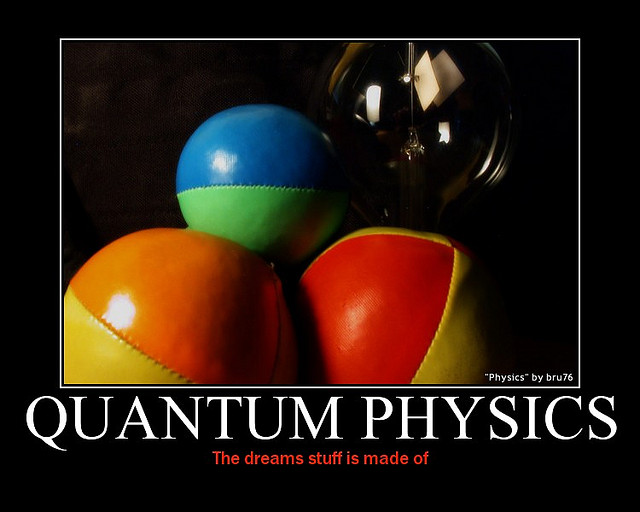
Quantum Physics photo credit: Jonathan Thorne CC via photopin cc
Quantum physicists are having a hard enough time understanding what we got here as it is.
A fantasy world almost like our world but with a few differences makes interesting reading and gives a place a reader feels he could easily visualize.
And still the imagination can run free even within self-imposed limits.
Here’s three examples in order of increasing obscurity:
Once Upon a Time
I cite this series because the creators have effectively mixed several worlds together with our modern world. Our world is familiar enough. The worlds they add are also familiar to the viewer. That’s because the writers have borrowed previously constructed worlds from the popular sources of fairy tales and children’s literature. This lets the writers explain the worlds in short hand so they can get on with the story and characters. Then what differences there are become a surprise for us.
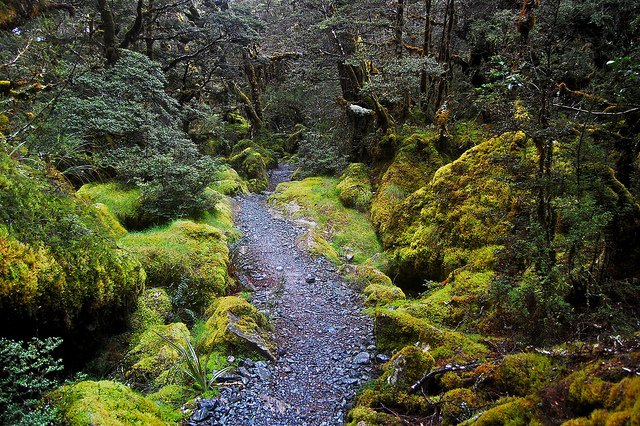
Enchanted Forest photo credit: Daniel Pietzsch via photopin cc
According to the plot line in Once Upon a Time, these worlds don’t belong to our dimension, which explains what differences there are in scientific laws, especially concerning magic and dimensional travel.
Now, regarding the idea that there are other dimensions: As C.S. Lewis said, there’s “nothing more probable.”
“I wonder what they do teach them at these schools.”
But notice in Once Upon a Time, the other worlds – the Enchanted Forest, Neverland, Oz – are still based in our real universe, a universe of gravity and weather, of life and death, and of good and evil.
It’s this struggle between good and evil that really resonates with us. And this fight is not only between people but within the characters themselves.
That’s reality, isn’t it? Right inside your own heart and mind.
C.S. Lewis’s Space Triology
Wow. Now here’s some world building. If you haven’t read these books, do it!
In the first book of the series, Out of the Silent Planet, Lewis re-imagines Mars as Malacandra. Nature is startlingly different from Earth but this difference is due to the natural variations between Earth and Mars, not any alteration in physical laws. For example, the Malacandrian and their trees grow taller since gravity is less on Mars than Earth.
The second book is Perelandra. This is Venus where land is divided between fixed and floating. There is nothing out of what really could exist given the right conditions. Within the limits of our own universal laws, Lewis builds engaging worlds, to the point when Ransom (the main character) gets caught underwater, I felt like I was drowning myself and had to come up from the book for air.
This imagination doesn’t stop with That Hideous Strength. You would think the trilogy’s last book, its story based on Earth, would be the tamest of the three. You would be wrong. That Hideous Strength ends up being the wildest ride.
All these worlds of the Space Trilogy are still in our physical universe. Lewis makes sure the worlds remain in our spiritual universe as well. Using this perspective, he can discuss in story our own failings and needs as mere humans.
That’s the real universe, too.
Curious Origins of a Restless World
I haven’t talked about my own book in a while on the blog, but I’ll come back to it now.
I wanted to construct an original world but populate it with people that are just like you and I – apart from having feathers and not hair.
As I wrote I had to remember they had the ability of flight, which makes situations and strategies interesting. But I wanted each character – down in the heart – to mirror human struggles and choices.
No matter the color of the trees, the number of the suns, the presence of wings on sentient beings, choices still have to be made. Consequences, whether for good or bad, lived with.
There’s our real universe again.

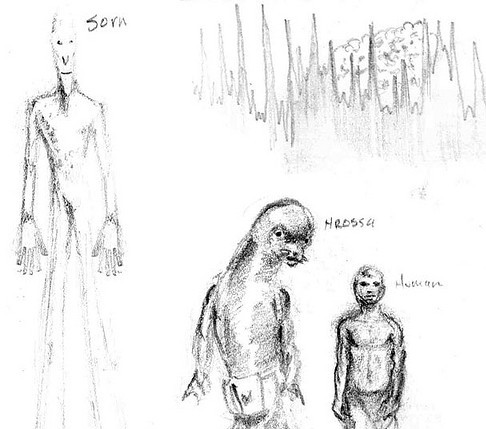
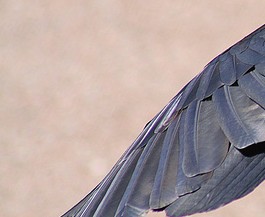
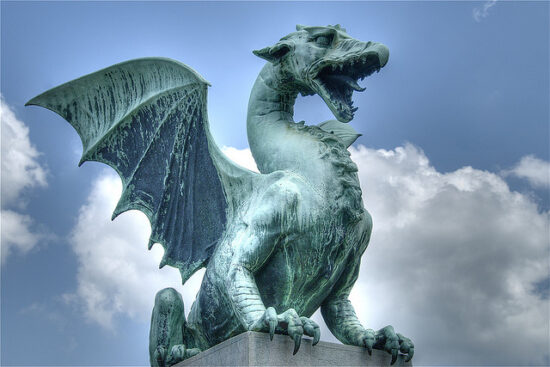

[…] week I’ve invited my daughter Lucy Wright to take a swing for us in the fantasy and science fiction world. Lucy revisits the topic of the pill to swallow in fantasy and science fiction. In our first […]
[…] blogging about science fantasy for a time now but have never sat down with you and defined what science fantasy is. Hold onto your hat, here we […]
[…] universe seems to like spheres. Stars, planets, atoms – all spheres. Simple bacteria? […]
[…] is additive, a binge-watch worthy of Downton Abbey – you can start on the Star Trek world or Once Upon a Time. Maybe sample Battlestar Galactica or Stargate. Then if your imagination has been sufficiently […]